The Fiery World of Red Chile Peppers: 10 Global Recipes to Spice Up Your Kitchen
Table of Contents
- Introduction: The Global Love Affair with Red Chiles
- Top 10 Global Red Chile Pepper Recipes
- How to Choose the Right Red Chile for Your Dish
- Pro Tips for Cooking with Red Chiles
- Heat Level Chart: From Mild to Mouth-Melting
- Red Chiles Around the World: Cultural Context & Traditions
- Conclusion: Heat Up Your Culinary Journey
Introduction: The Global Love Affair with Red Chiles
Red chile peppers are the unsung heroes of global cuisine. Whether it’s the smoky depth they bring to Mexican moles, the fiery punch in Indian curries, or the slow burn in Korean gochujang, red chiles add more than just heat — they offer flavor, color, and cultural identity.
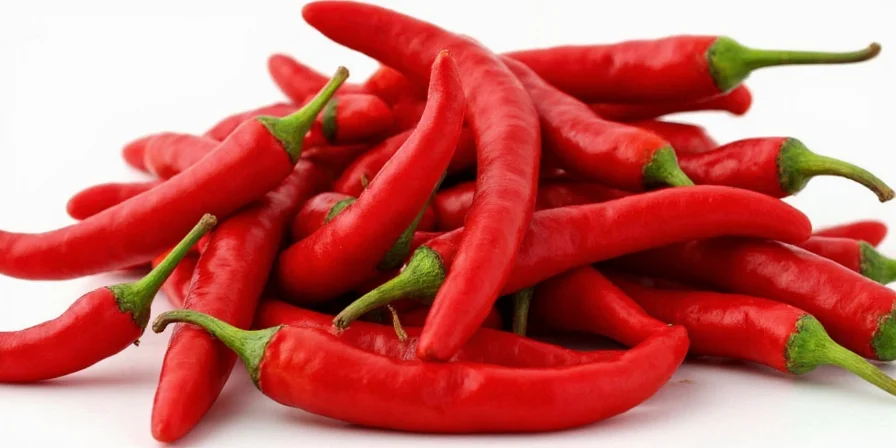
In this blog post, we’ll explore some of the most iconic recipes using red chile peppers from around the globe, along with pro tips on how to use them like a seasoned chef.
Top 10 Global Red Chile Pepper Recipes
- Mole Poblano (Mexico)
- Vindaloo Curry (India)
- Bibimbap with Gochujang (Korea)
- Szechuan Mapo Tofu (China)
- Harissa Chicken Tagine (Morocco)
- Chili con Carne (USA)
- Shakshuka with Aleppo Pepper (Middle East)
- Thai Red Curry (Thailand)
- Cayenne-Spiced Cornbread (Southern USA)
- Peri-Peri Grilled Shrimp (Mozambique/Portugal)
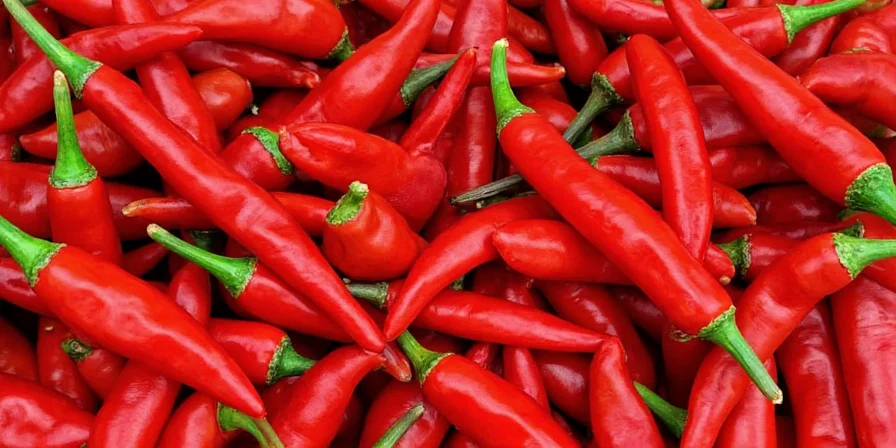
How to Choose the Right Red Chile for Your Dish
Choosing the right red chile can make or break your dish. Here’s a quick guide:
- Ancho: Dried poblano, sweet, fruity, mild
- Guajillo: Medium heat, tangy flavor, perfect for sauces
- Pasilla: Slightly smoky, great in moles
- Gochugaru: Korean dried chile, vibrant and slightly sweet
- Cayenne: Hot and sharp, ideal for powders and rubs
- Arbol: Spicy with nutty undertones
| Chile Name | Scoville Units | Flavor Profile | Best Used In |
|---|---|---|---|
| Ancho | 1,000–2,000 | Fruity, sweet | Moles, stews |
| Guajillo | 2,500–5,000 | Tangy, berry-like | Adobo sauces, marinades |
| Gochugaru | 4,000–8,000 | Sweet, spicy, vibrant | Kimchi, gochujang, bibimbap |
| Cayenne | 30,000–50,000 | Sharp, biting | Rubs, spice blends |
| Arbol | 15,000–30,000 | Nutty, grassy | Hot sauces, salsas |
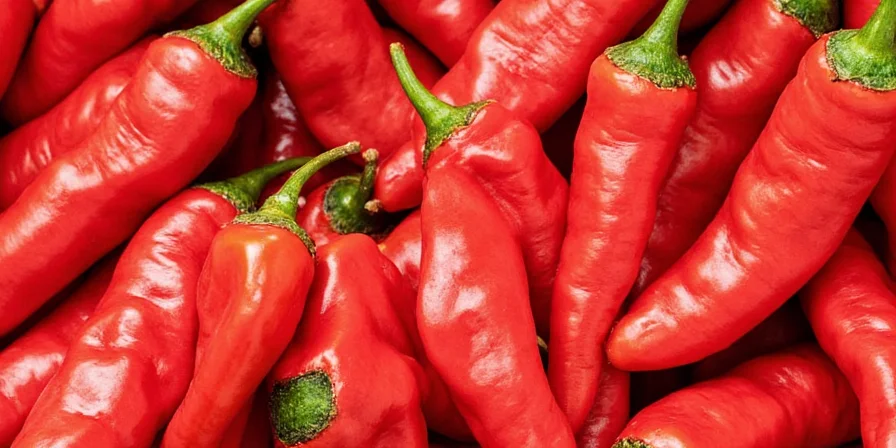
Pro Tips for Cooking with Red Chiles
- Toast Before Using: Toasting dried chiles in a dry pan enhances their aroma and deepens flavor.
- Rehydrate for Richness: Soak dried chiles in hot water or broth before blending for smoother sauces.
- Wear Gloves: Capsaicin burns — protect your hands and avoid touching your face!
- Balance the Heat: Add sweetness (like honey or brown sugar) or acid (lime juice, vinegar) to balance intense spiciness.
- Don’t Fear Fat: Fats like oil or dairy help carry and mellow out chile heat. Think yogurt in Indian curries or cream in Mexican soups.
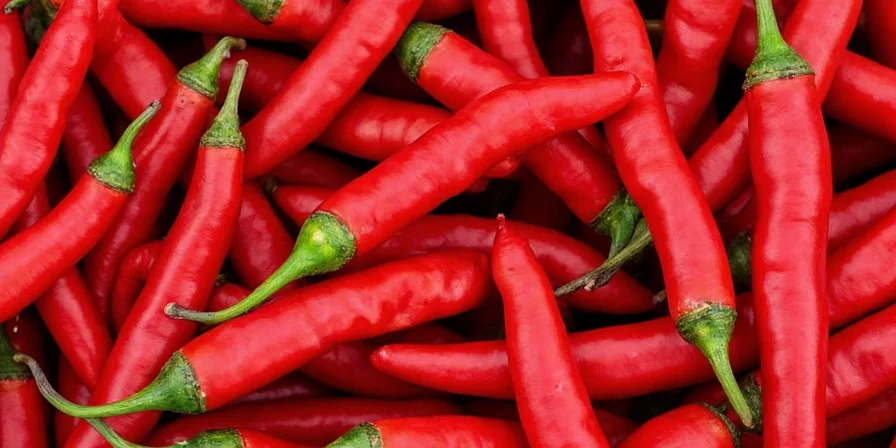
Heat Level Chart: From Mild to Mouth-Melting
Want to know which red chile will tickle your tongue versus melt your mouth? Here's a handy chart:
| Pepper | Scoville Heat Units (SHU) | Relative Heat |
|---|---|---|
| Peperoncini | 100–500 | Mild |
| Guajillo | 2,500–5,000 | Medium |
| Gochugaru | 4,000–8,000 | Medium-Hot |
| Cayenne | 30,000–50,000 | Hot |
| Habanero (dried/red) | 100,000–350,000 | Very Hot |
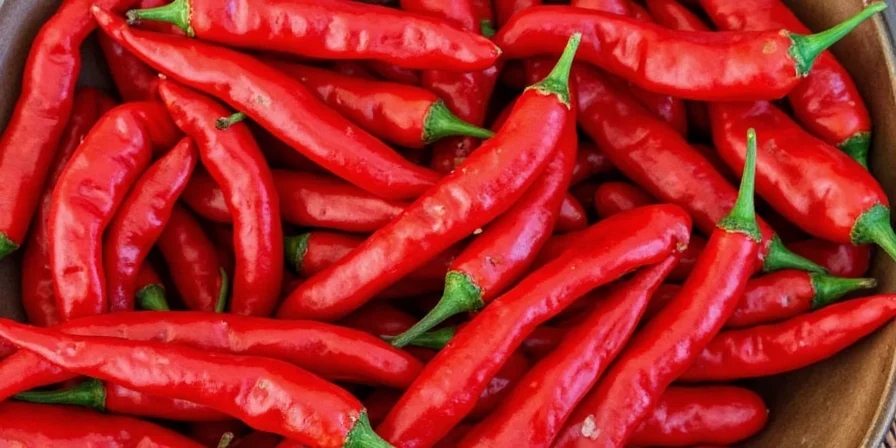
Red Chiles Around the World: Cultural Context & Traditions
Red chiles aren’t just about taste — they’re deeply embedded in cultural traditions across the globe:
- Mexico: Red chiles symbolize celebration and are often used in festive dishes like tamales and moles during holidays.
- India: Red chiles are an essential part of masala mixes and street food culture. They represent warmth and hospitality.
- Korea: Kimchi made with gochugaru is a national treasure, eaten daily and celebrated as part of UNESCO heritage.
- Thailand: Thai chiles are a staple in curry pastes and street snacks, symbolizing boldness and resilience.
- Africa: Harissa, a North African chile paste, is a symbol of pride and tradition passed down through generations.
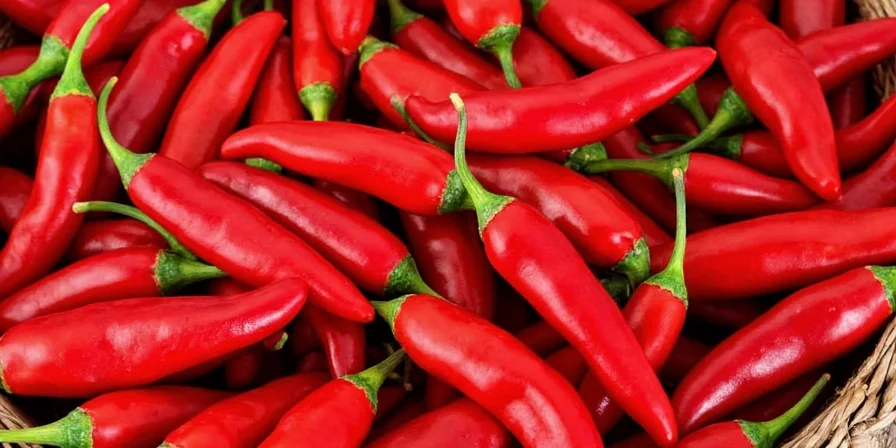
Conclusion: Heat Up Your Culinary Journey
From Mexico’s rich moles to India’s fiery vindaloos, red chile peppers are more than just ingredients — they’re flavor powerhouses with deep cultural roots. Whether you're a professional chef or a curious home cook, experimenting with red chiles can elevate your cooking and connect you with centuries of culinary tradition.
So grab those gloves, toast some chiles, and let the fire flow through your kitchen. Who knows — you might just find your new signature dish in the process!
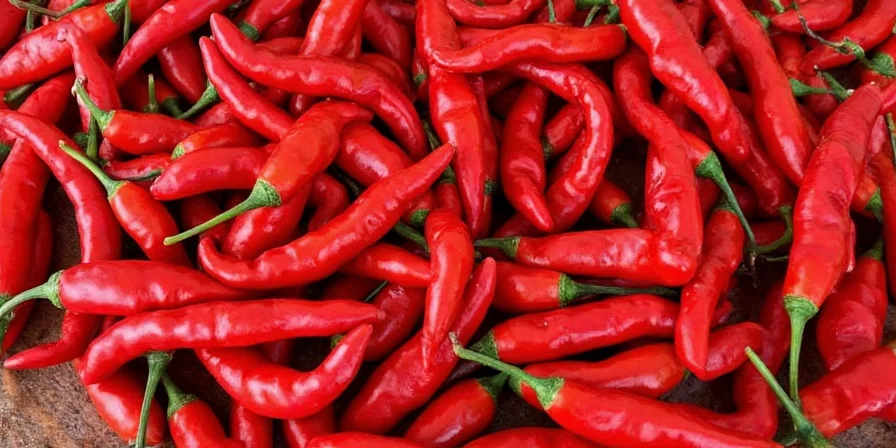

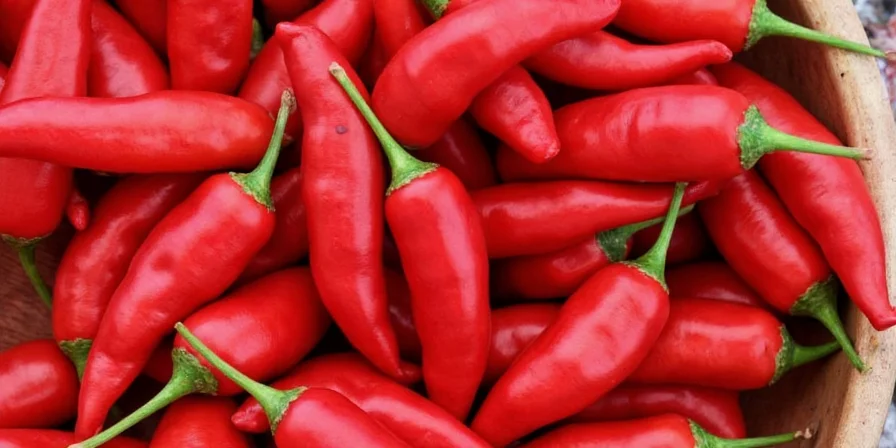









 浙公网安备
33010002000092号
浙公网安备
33010002000092号 浙B2-20120091-4
浙B2-20120091-4